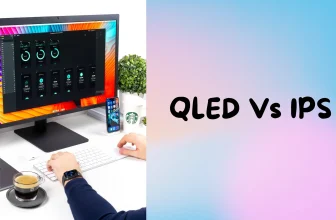OLED Vs Nano Cell: Are They The Same Or Different?
There is a newer version of TV technology to discover every year. Users have been debating which approach is the best. One of the most prominent arguments is between OLED vs. Nano Cell.
The NanoCell employs LED-LCD screens with a special coating for a crisper image. OLED uses an entirely new technology that produces its own light.
If you don’t have time to undertake a thorough comparison, we have put up a list of the differences between these technologies for you right here. Let’s follow our post!
What Is OLED?
OLED stands for Organic Light Emitting Diode. Although its name includes LED, which means light-emitting diode, this display mainly works as a screen technology and seldom as a light.
The unique feature of this display is that it operates as an illumination. Each pixel can create its own light.
This feature makes it different from the traditional LED televisions, which demand a separate supply of backlighting to light the pixels.
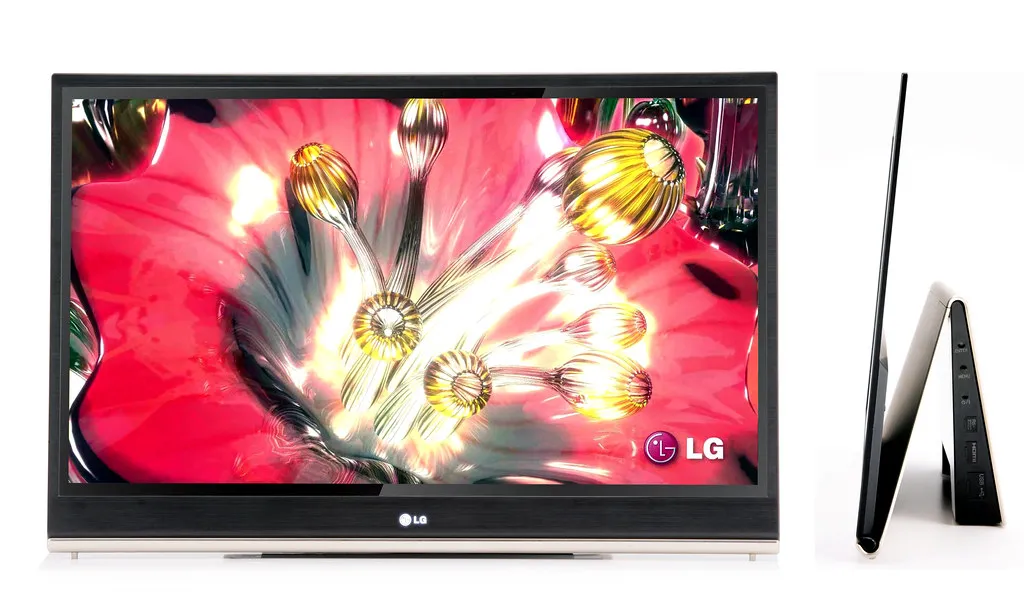
What Is Nano Cell?
NanoCell TVs are a form of LCD/LED television. Let’s take a quick look at IPS (In-plane Switching) technology before diving into NanoCell innovation.
Older LCD TVs came with vertical liquid crystal orientation. Hence, when you sit a bit off-center from the screen, the image quality decreases, and the colors start fading.
IPS technology changes the alignment to horizontal. With this change, the viewing angle has improved significantly and the color accuracy.
You can learn more about IPS technology from this video.
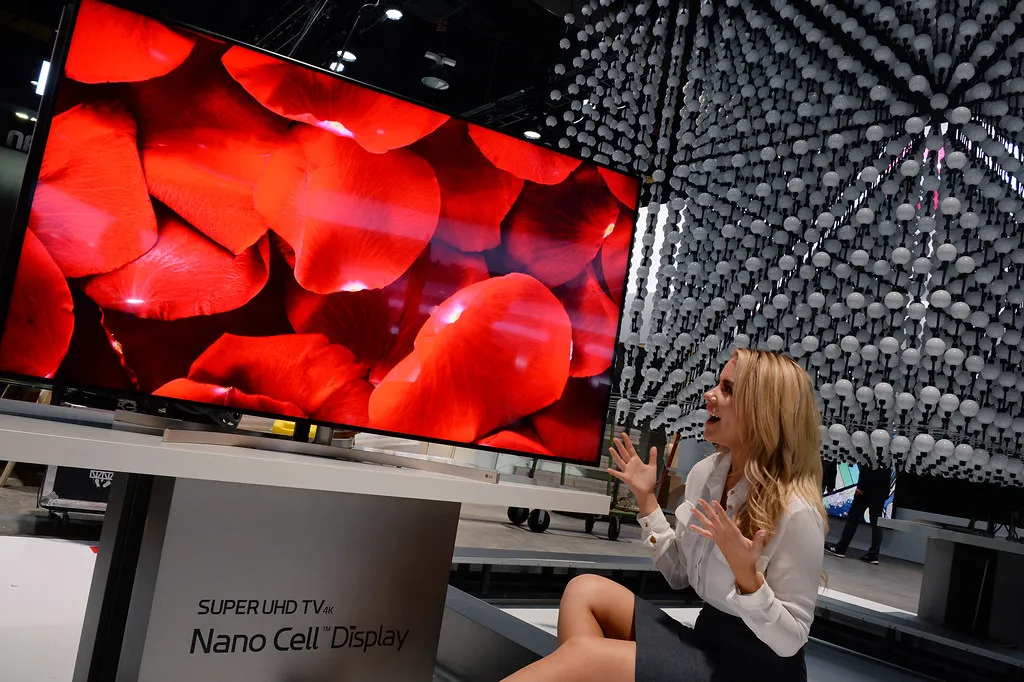
Differences Between OLED Vs. Nano Cell
These TV technologies differ in some terms. Let’s check each feature carefully and choose the superior in each round.
Display type
LED televisions are famous for their Emissive Displays because of their self-producing pixels. Meanwhile, the NanoCell screens, which are a type of LCD with LED backlighting, are Transmissive Displays.
Viewing angle
They both offer wide viewing angles. Because of its self-emitting pixels, the OLED is the winner when it comes to viewing angles and color fidelity compared to the NanoCell.
Color accuracy
Both technologies have outstanding color accuracy, and NanoCell’s primary goal is to increase the image’s color quality to the same level as the OLED.
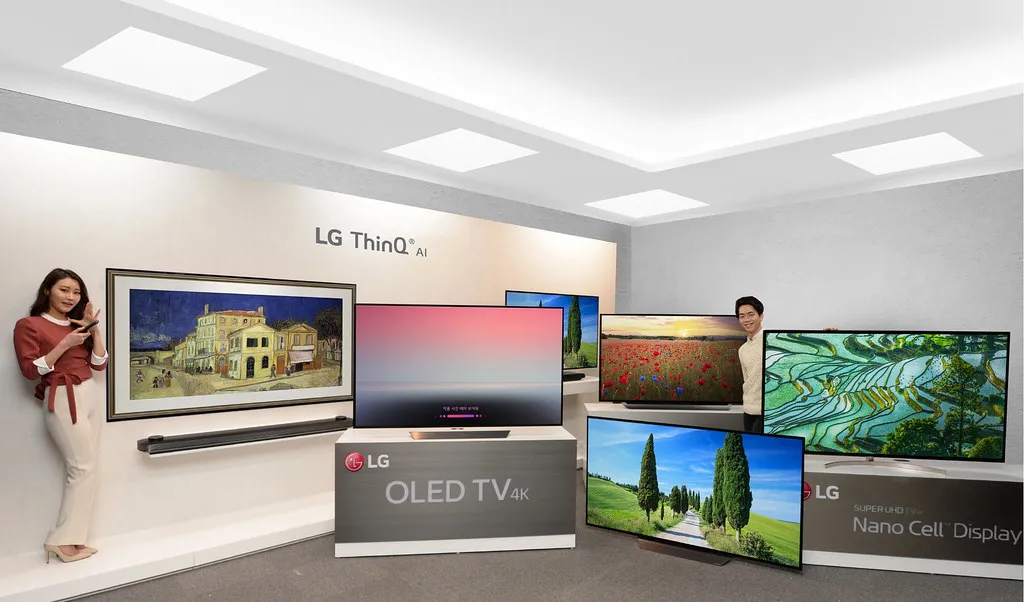
Color contrast
LED displays feature a far better contrast ratio than NanoCell ones since the pixels for dark hues do not work.
Response time
Response time is the time the display takes to switch from one hue to another, usually from black to white. This feature is essential, especially when you play games on your television.
The LED technology allows some of the quickest reaction times, as low as one millisecond. Its competitor also has a good rate, from 5 to 10 milliseconds.
Screen thickness
The OLED panel does not have a backlight setup, and the number of layers in the panel is relatively low. As a result, with a thickness of only a few millimeters, this display is one of the thinnest televisions in the market.
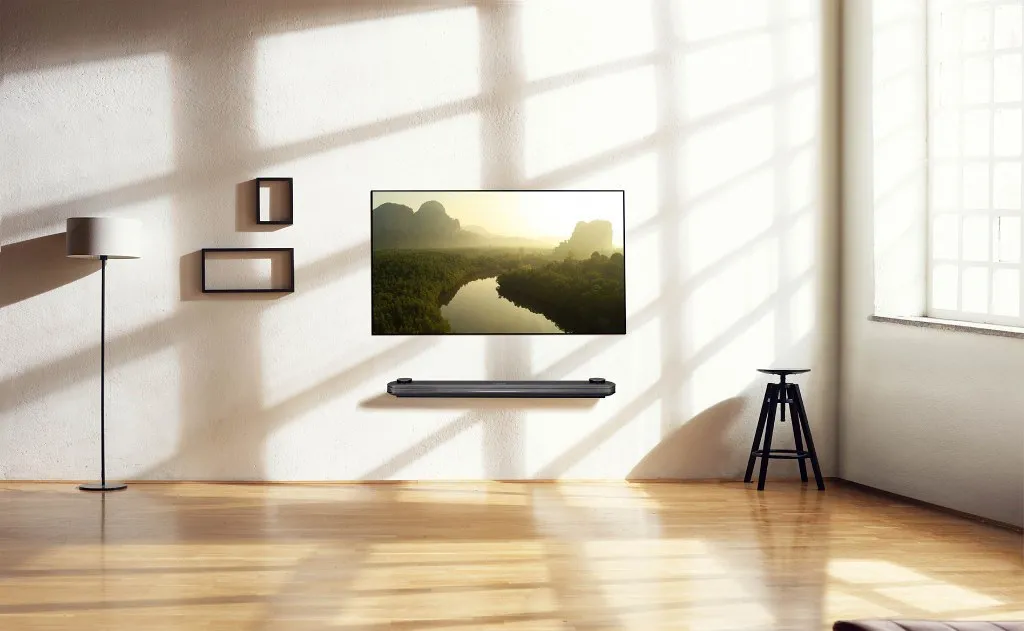
Price
LCD televisions have been popular in recent years, and their production costs have decreased significantly. As a result, NanoCell is a more cost-effective choice.
Consumers still consider OLED models as premium items. They are pricey, but specific OLED TV models are becoming cheaper.
Comparison table
| Criteria | OLED | Nano Cell |
| Display type | Self-producing pixels | LED Backlight |
| Viewing angle | 60° | 30° |
| Color accuracy | Excellent | Excellent |
| Color contrast | High | Low |
| Response time | < 2 milliseconds | ~ 10 milliseconds |
| Screen thickness | < 4 millimeters | 35 to 45 millimeters |
| Price | High | Medium to high |
Pros And Cons Of OLED And Nano Cell
Here are some benefits and drawbacks of the two technologies.

OLED
- Thin screen
- Wide viewing angle
- High color accuracy
- Quick response time
- Quite expensive
Nano Cell
- Affordable
- Excellent color accuracy
- Good response rate
- Low color contrast ratio
Final Verdict: Which Is Better?
OLED is a real winner in terms of image quality. You may get a fantastic experience thanks to the brilliant colors and precise pixel adjustment. On the other hand, NanoCell models also provide excellent color accuracy and wide viewing angles.
Hopefully, this article will help you find what you really need. For any further information, please feel free to ask. Thank you for reading!
Pete is a software engineer who currently works full-time managing MarsScreen.com. On the side, he enjoys coding his own projects and spending time with his wife and two dogs. When he's not working or hanging out with family and friends, you can find him playing the guitar or running. My Instagram.





